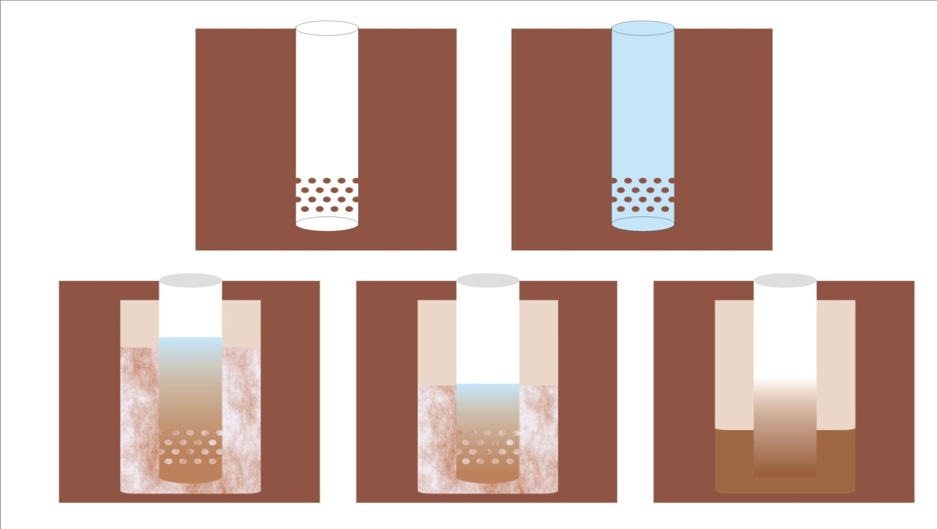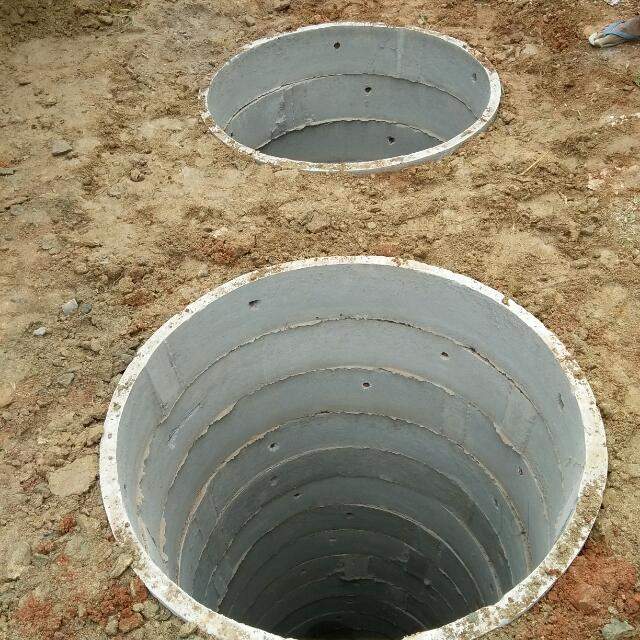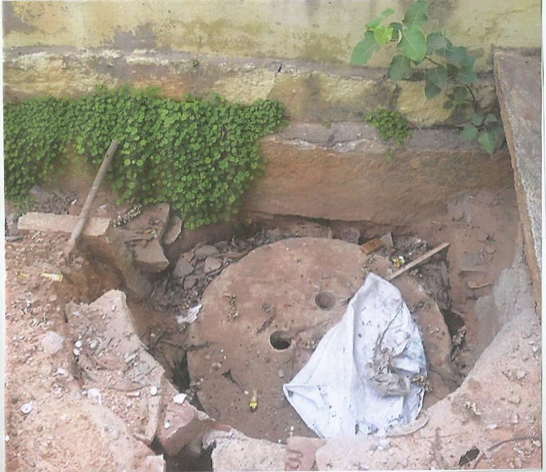
The above paragraph makes little sense at the first read but therein lies an important message. Our minds are conditioned to read every line beginning from left to right, hence as we search the beginning of a new line, we hop our eyes over to the left. Let us take another pass at the paragraph, only this time let us read it more naturally, continuing to the line below from where the top line ends… like the meandering flow of water.

The reason why our minds struggled in the first attempt is because we are conditioned to read in a certain manner and our minds predictably expect the ordering of words to confirm with our expectations. This conditioning of our minds puts us in a comfort zone and restricts our minds from needing to do the hard work of exploration.
This conditioning of the mind impacts every aspect of our life and so is the case with Rainwater Harvesting efforts where a lack of critical thinking or out-of-box problem solving can very often result in rainwater harvesting systems structure design that is not just unnecessarily costly but also low in efficacy and durability.
From our years of experience and research in the field of rainwater harvesting, here are some common examples of how and why some designs are sub-par and often fail.
The most common perception about soil and ground water is that there is a thick layer of dry soil on the top and underneath this lies a space filled with water. The line demarcating them is indicating the ground water level. This imagination leads an inexperienced harvester to focus only on vertical rainwater harvesting, whereby he aims at making an arrangement by which the rainwater can directly be diverted from the surface and made to merge with the ground water underneath.
For this purpose, the designer inserts a set of pipes into a bore hole with few slots only in the last section of the pipe (first to be inserted) and thereafter focuses on collecting and diverting the rainwater through some filter system into the slotted pipe for a free fall and get released from the slots deep down in order to start recharge process as close to water table as possible.

In practical scenarios, this sort of a design either fails or is too expensive to build and operate (see details). The main reason is that the slots in the vertical pipes get choked by the suspended silt entering the pipe along with the rainwater. This necessitates the construction of a silt removal tank or a decantation chamber, which is not just adding to the cost of the design but also increases the chances of failure due to silting in chamber itself.
Very often, we see these failed designs being repeated as people assume that a more expensive system with a complicated design will be superior in features and performance. Rainwater harvesting systems are meant to support natural processes and thus complicated designs are more likely to fail than succeed.

An inexperienced approach tells one that any pit dug into the ground and fitted with cement rings with slots will be a good recharge structure since the rings will prevent collapse of the hollow pit and the rain water which fills the pit will come in contact of the soil through the slots the water will be absorbed by the soil.
The fact is that such a structure is sure to collapse since the water going out of the slots will first help silt to get suspended and thereafter flow back into the hollow pit. This will ultimately lead to not just the refilling of the hollow pit with sand but also create hollow space outside the cement rings and then the collapse of structure.

Similarly, there is a misperception that rainwater should somehow be filtered before it is put to any use or even stored. This leads designers to construct complicated silt removal chambers that attempt to remove silt from rainwater before letting the water pass into the slotted pipe into the ground. This effort is not only adding to the cost of the structure but is also increasing the chances of failure since most de-silting chambers get choked and fail leading to failure of rainwater harvesting system as a whole.
Furthermore, some rainwater harvesting systems are fitted with steel sieves for proper filtration of silt. Such systems choke even faster and may not last for even a single monsoon. The plain fact is that there is nothing in rainwater which needs to be or can be filtered by stainless steel wire mesh filters. The dissolved soluble substances if any, cannot be filtered by these filters and the suspended silt or plastic etc. will itself choke these filters.
We at SILVERON understand the limitations created by such conventional designs and poorly considered approaches to rainwater harvesting. We are always discussing and experimenting with new ideas to make the recharge process more effective, simpler and economical.
SILVERON’s design of rainwater harvesting recharge shafts give equal emphasis on horizontal and vertical rainwater harvesting. In view of the fact that within the soil strata at different depths there are columns which have the capacity to absorb, hold and transfer water laterally while the gravitational pull is naturally pulling the water downwards to the water table. Giving rainwater the opportunity to be absorbed both horizontally and vertically without obstacles ensures that rainwater recharge starts from root zone itself.

This means that with their simple and efficient design, SILVERON shafts work year after year without choking simply because the design is free of any potential choke points.
Years of experimentation, understanding & experience has led our team to design and develop artificial ground water recharge systems which are both cost effective and top of the ladder in performance and durability. A testament to our success is that thousands of SILVERON shafts are installed at multiple locations in India without a single failure.
Simpler designs call for some out-of-the box thinking and based on years of experience, understanding and exposure, SILVERON provides rainwater harvesting systems that are high in performance, durable and cost effective.
आप द्वारा समय समय पर अपने अनुभव और वैज्ञानिक दृष्टिकोण से इस विषय को सरल रूप मे समझाने का प्रयास किया जाता रहा है वह एक मार्गदर्शक के रूप मे किया जा रहा सराहनीय प्रयास है।
Dear Sir,
Thanks for your new blog, this is very close to explain the process of ground water recharge in a natural way. And also defined the actual reason of failure of the most of rain water harvesting structures, which are implemented by Pvt and Govt agencies.
Regards,
Samar
Very simple and lucid explanation of rain water harvesting.